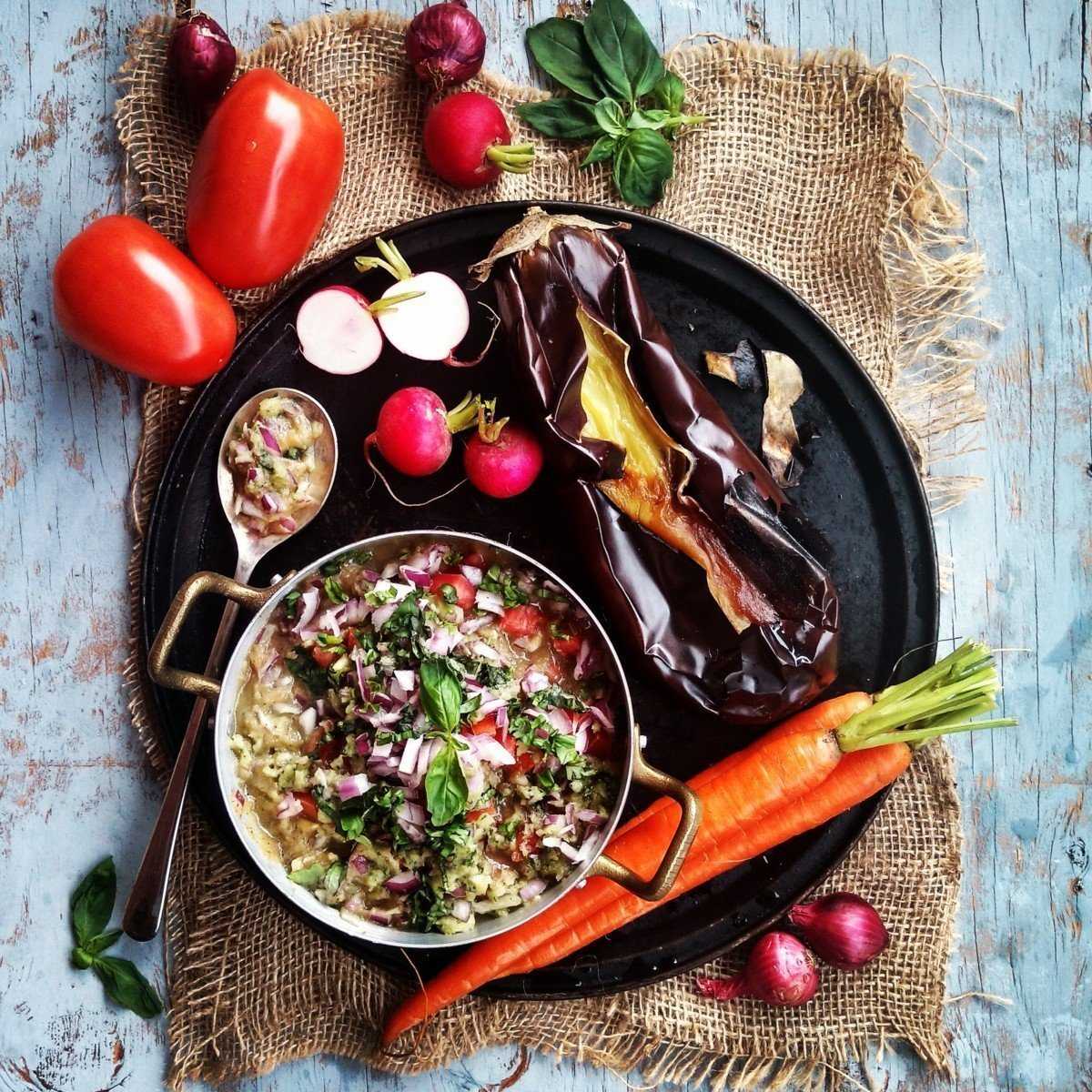BY: EARTHA LOWE
To make brilliant food, you simply need to combine the best ingredients. The commonality among the explosion of international ingredients and cooking techniques has brought us recipes – both traditional and contrived – that none of us may have heard of, or conceived.
Starters & Dips
There are many fruit, vegetable, bean and even meat dishes that can be served as dips. Most of these dishes can be served as a casual, healthful snack for family and friends, or can be set out as part of an assortment of starters for a larger party. If hosting a party, it is essential to have “greeting” foods to nibble on while the wine flow and cocktails are mixed. Starters set the tone, and the varieties you choose to serve can be as impressive as the meal! In fact, starters are sometimes the best part of a whole dinner party.
Dip Enthusiastically!
A popular variety of eggplant, or “aubergine” in North America looks like a pear-shaped egg, a characteristic from which its name is derived. The skin is deep purple in color and glossy, while the flesh is cream colored and spongy in consistency. Different varieties do vary slightly in taste and texture, but in general, the eggplant is pleasantly bitter. Eggplant can be grilled, baked, roasted in the oven, or steamed. Roasting eggplant gives it a wonderful, smoky, flavor. In most recipes, eggplant fulfills the role of the complementary ingredient that balances the surrounding flavors of other more pronounced ingredients.
To cook this dip, first, char the eggplants over an open flame, or broil in the oven until they are blackened in some spots, about 5 – 6 minutes. Here’s how to get going.
You’ll need:
- 2 medium-sized eggplants
- 1 1/2 tablespoons red wine vinegar
- 2 – 3 tablespoons extra-virgin olive oil
- 1/4 cup red onion, minced
- 2 tomatoes, diced
- 2 garlic cloves, minced (optional)
- 1 cup fresh basil, finely chopped
- 1/2 cup fresh mint, finely chopped
- 2 tablespoons green onion, thinly sliced
- sea salt and freshly ground black pepper to taste
Directions:
Preheat a gas grill, or turn the oven to 350°F (175°C).
Pierce the eggplants in several places with a thin-bladed knife, or skewer. Grill or roast, turning occasionally until the eggplant collapses and the skin blackens, about 15 – 20 minutes. Remove and cool.
Once the eggplant is cool enough to handle, part the skin, scoop out the flesh and add to a food processor. Pulse until smooth. Transfer to a bowl and fold in the remaining ingredients. Season to taste with salt and pepper. Taste and adjust ingredients as desired. Serve with bread, crackers, or as a dip for vegetables.
Cooking Tip:
Don’t have a food processor? Alternatively, you can mince the flesh of the eggplant finely with a fork. Enjoy!
Category: vegan, vegetarian
Prep and cook time: 1 hour
Serves: 6
Difficulty: easy!
Tips to Select Eggplant
When purchasing eggplants, choose ones that are firm and heavy for their size. The color of the skin should be vivid, smooth, and shiny. The stem and cap, on either end of the eggplant, should be a bright green in color. To test for ripeness, gently press with the pad of your thumb. You’ll know the eggplant is ripe if it springs back.

